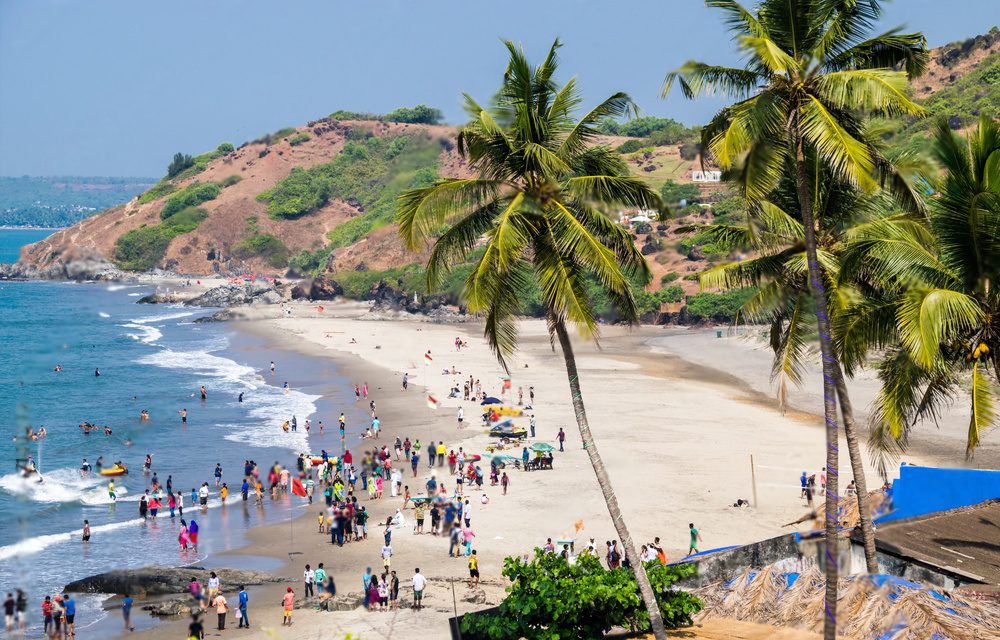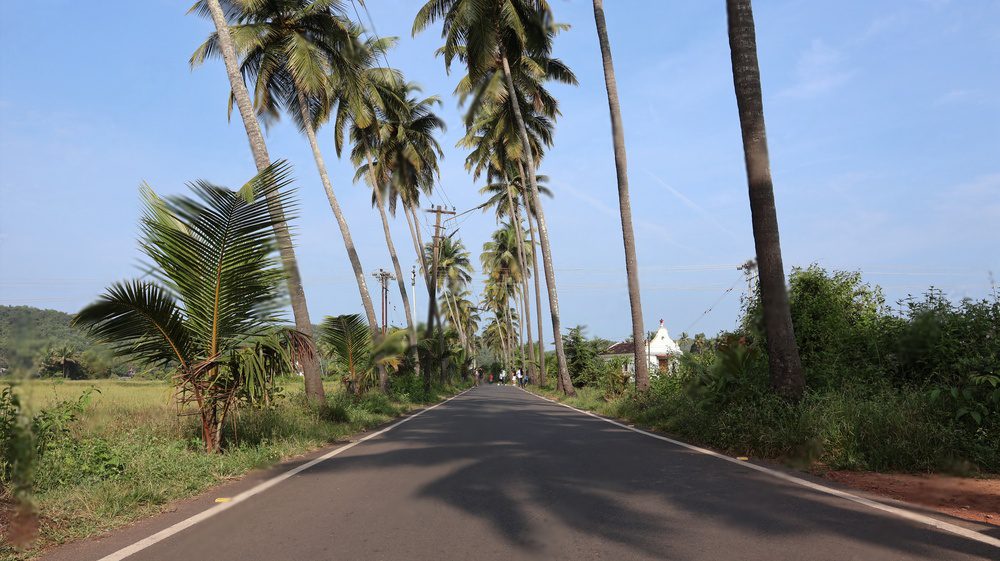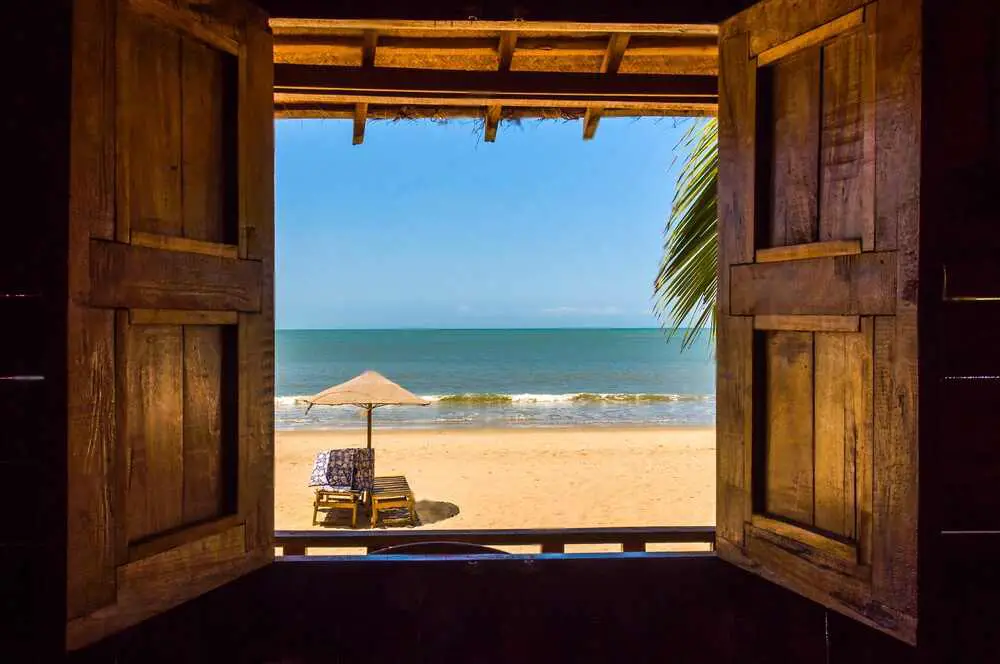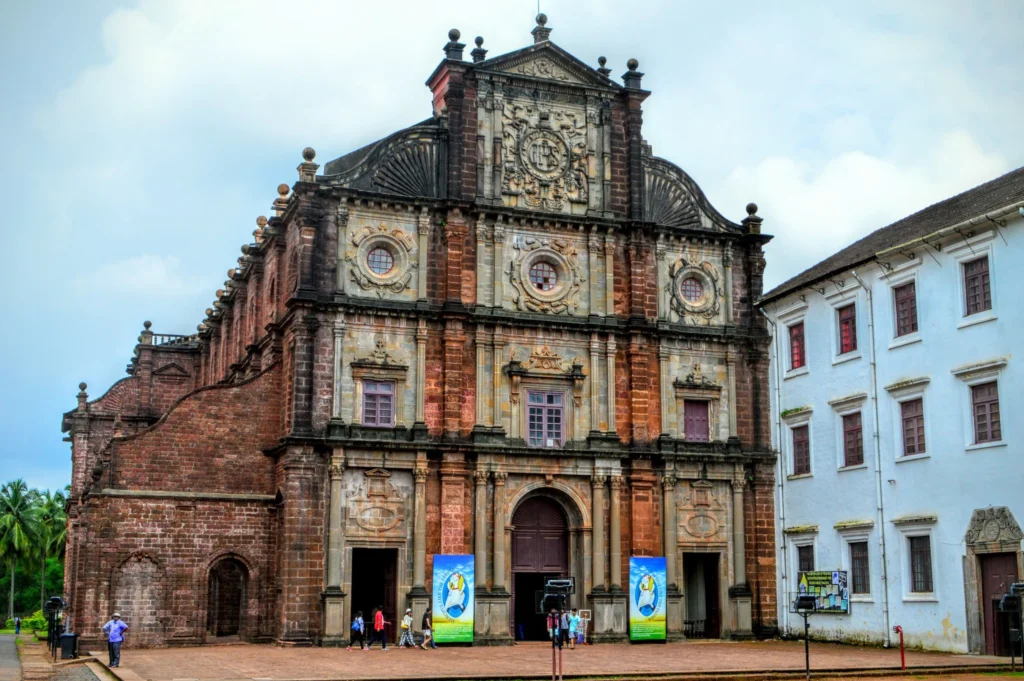Cultural Sites in India: India is a land of amazing diversity, where different cultures, histories, and traditions come together to create something truly special. From old temples to beautiful palaces, India’s cultural sites show the country’s rich heritage. For people who love history, travel, or exploring new places, these cultural sites offer a chance to understand the heart and soul of India. In this blog, we’ll take you on a journey through the 15 most important cultural sites in India. Each one is a must-see for anyone interested in experiencing the amazing history and culture of India.
1. Taj Mahal, Agra
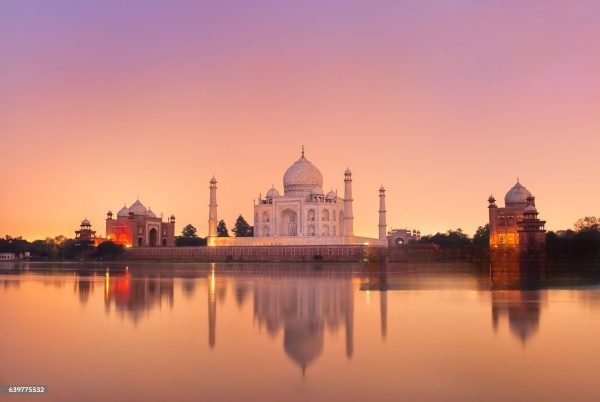

The Taj Mahal is a famous symbol of India’s culture and is a UNESCO World Heritage Site. Emperor Shah Jahan built it to remember his wife Mumtaz Mahal. This beautiful white marble tomb is a sign of eternal love. Its amazing architecture, beautiful details, and green gardens make it one of the most popular places to visit in India.
2. Khajuraho Temples, Madhya Pradesh
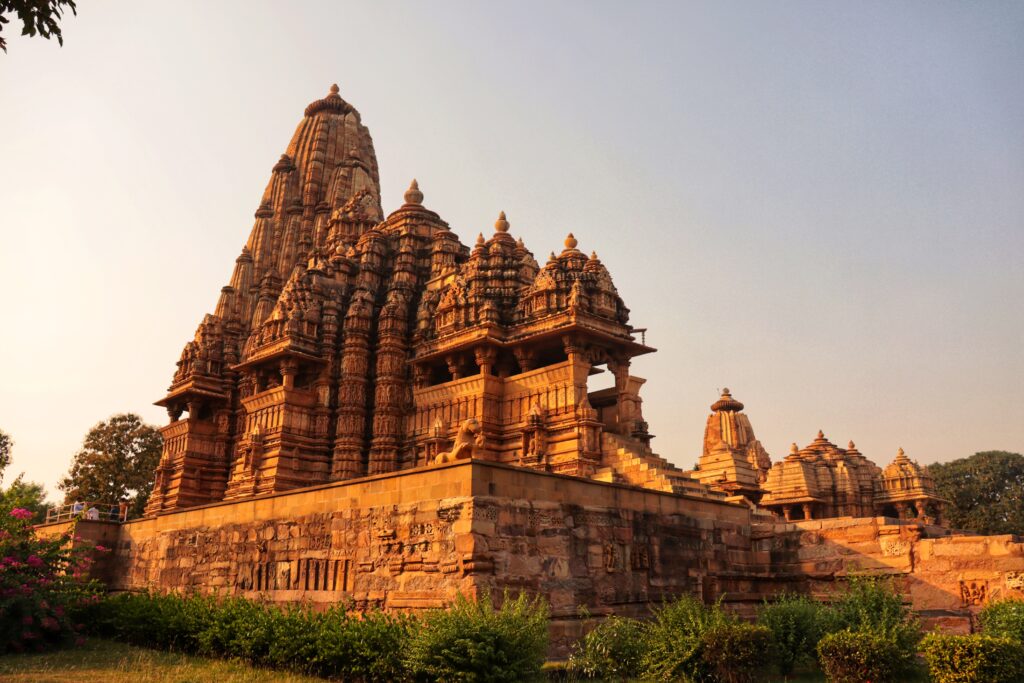

The Khajuraho Temples are a UNESCO World Heritage Site known for their beautiful and detailed sculptures that show life, love, and spirituality. These temples are examples of India’s ancient art and building skills. Built between the 9th and 12th centuries, the Khajuraho Group of Monuments is one of the best examples of Indian temple architecture.
3. Qutub Minar, Delhi
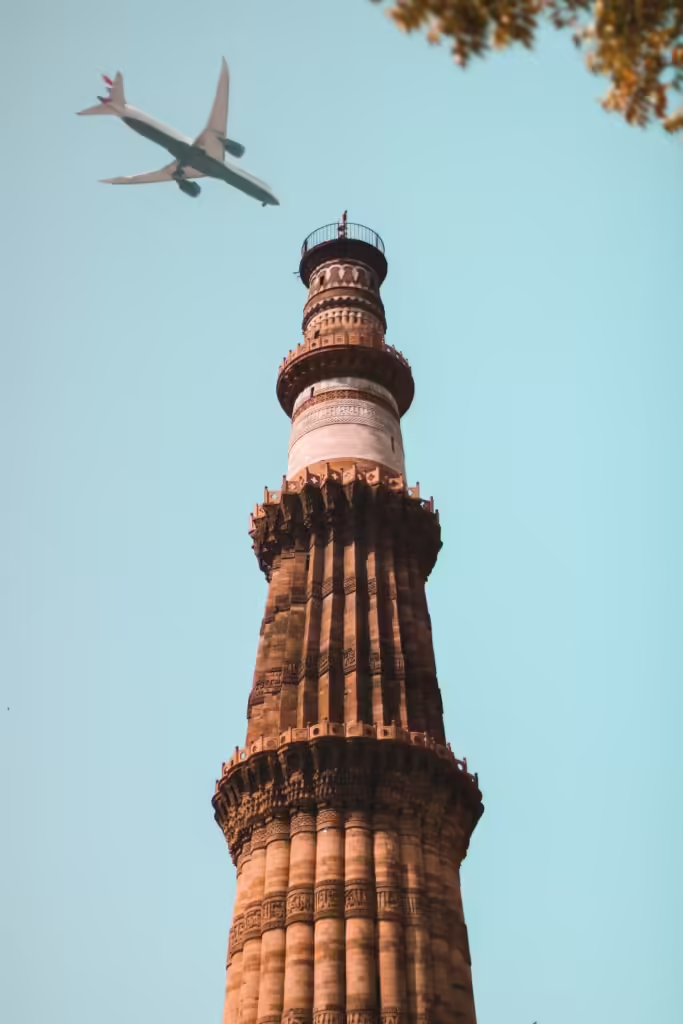
The Qutub Minar is a famous tower and a UNESCO World Heritage Site. It’s one of the tallest brick towers in the world and shows Delhi’s rich history. Qutb-ud-din Aibak built it in the 12th century. It’s a great example of Indo-Islamic architecture. The Qutub Complex around it, including the Iron Pillar and Quwwat-ul-Islam Mosque, makes the site even more important.
4. Ajanta and Ellora Caves, Maharashtra
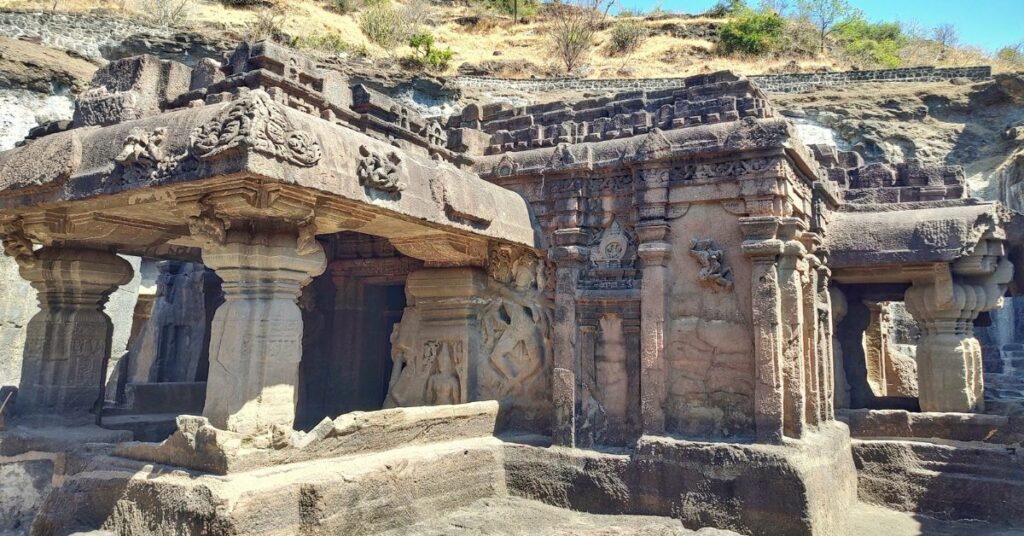

The Ajanta and Ellora Caves show how amazing ancient Indian art and spirituality were. The Ajanta Caves are famous for their Buddhist temples carved into the rock and their beautiful paintings. The Ellora Caves have Hindu, Buddhist, and Jain temples carved into the rock. These caves are some of the most famous cultural sites in India and are UNESCO World Heritage Sites.
5. Hampi, Karnataka
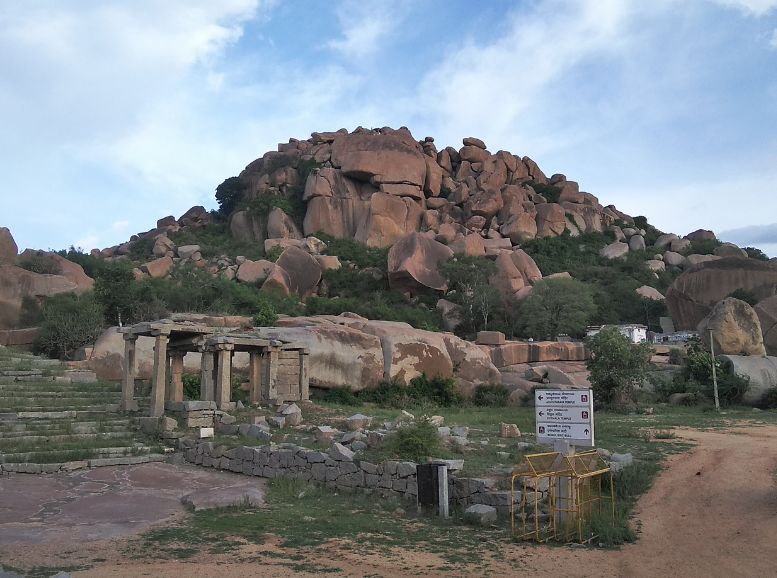

The ancient city of Hampi was once the capital of the Vijayanagara Empire. Its ruins, spread over a large area, have temples, palaces, and market streets that show us South India’s rich history. The Virupaksha Temple and Vijaya Vittala Temple are some of the most impressive ruins. Hampi is a UNESCO World Heritage Site and one of the most amazing cultural sites in India.
6. Fatehpur Sikri, Uttar Pradesh
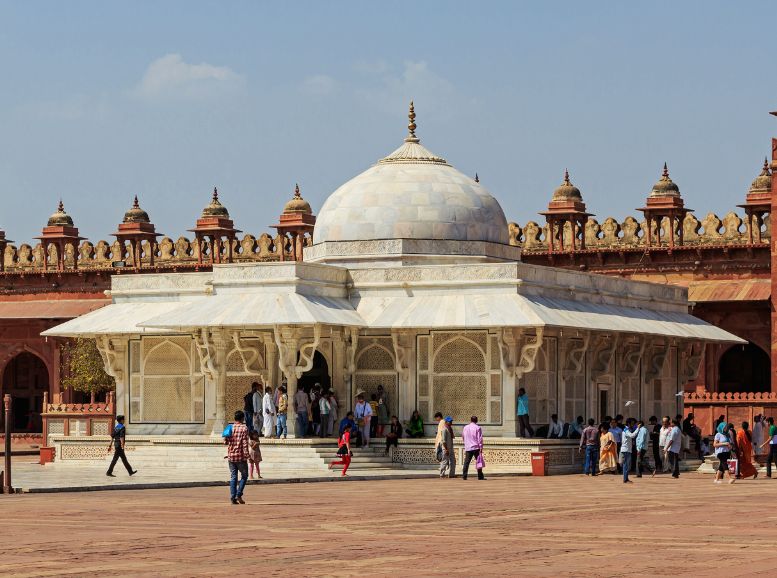

Fatehpur Sikri was once the capital of Emperor Akbar’s Mughal Empire. It’s a well-preserved city made of red sandstone. The city has beautiful architecture, including the Buland Darwaza, Jama Masjid, and the Tomb of Salim Chishti. This UNESCO World Heritage Site is a great example of Mughal skills and remains an important cultural site in India.
7. Red Fort, Delhi
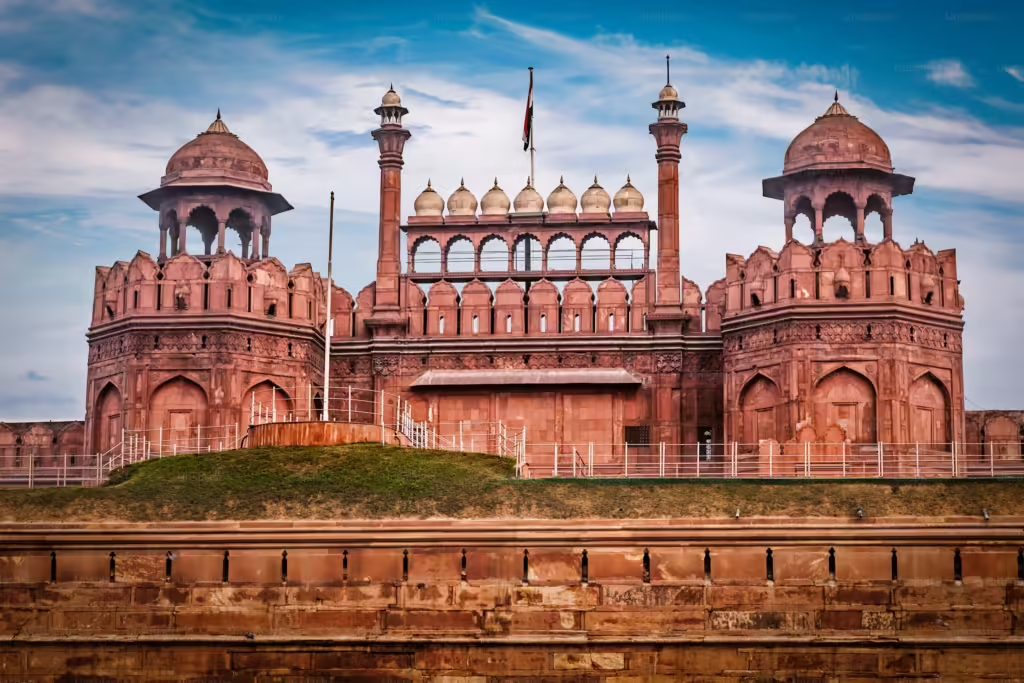
The Red Fort is a famous symbol of India’s history and a UNESCO World Heritage Site. Emperor Shah Jahan built it in the 17th century. It was the main home of the Mughal emperors. Its red sandstone walls, big courtyards, and detailed halls make it a beautiful example of Mughal architecture. The Red Fort is also where India celebrates its Independence Day, making it even more important culturally.
8. Konark Sun Temple, Odisha


The Konark Sun Temple is a famous temple and a UNESCO World Heritage Site. Built in the 13th century, the temple looks like a giant chariot and is dedicated to the Sun God. Its beautiful carvings, detailed sculptures, and amazing architecture make it one of the best cultural sites in India. The annual Konark Dance Festival makes it even more important culturally.
9. Meenakshi Temple, Tamil Nadu
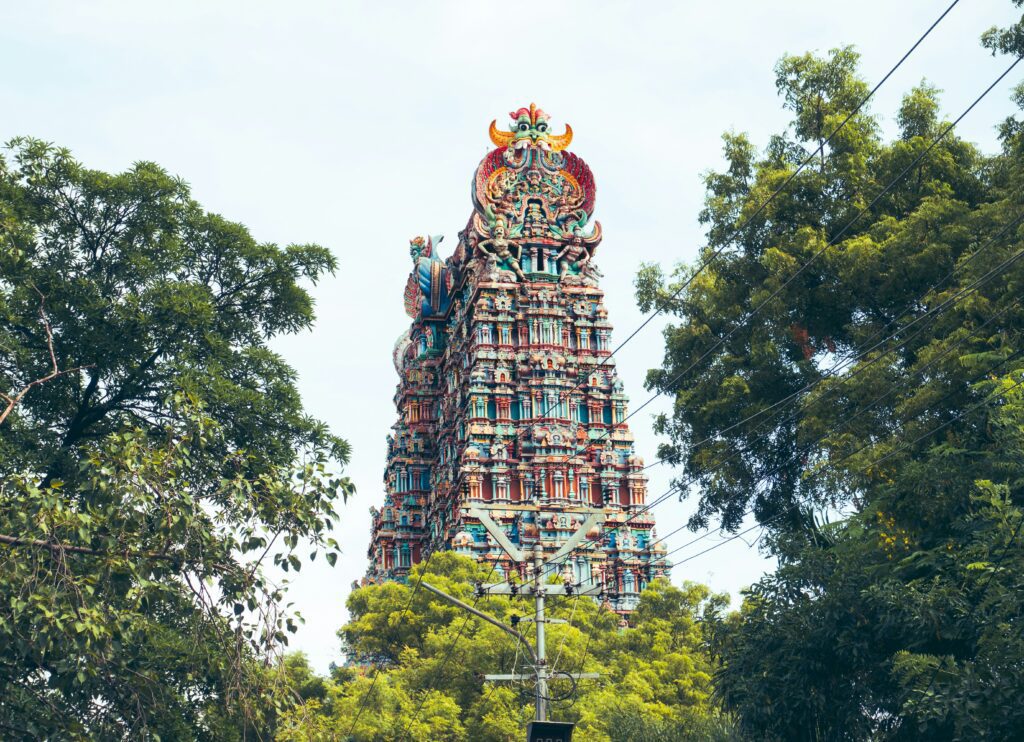

The Meenakshi Temple in Madurai is one of the most important temples in India and a beautiful example of Dravidian architecture. It’s dedicated to Goddess Meenakshi and Lord Shiva. The temple is famous for its tall gopurams (entrance towers), detailed sculptures, and religious importance. It’s a busy center of Tamil culture and devotion.
10. Golden Temple, Amritsar
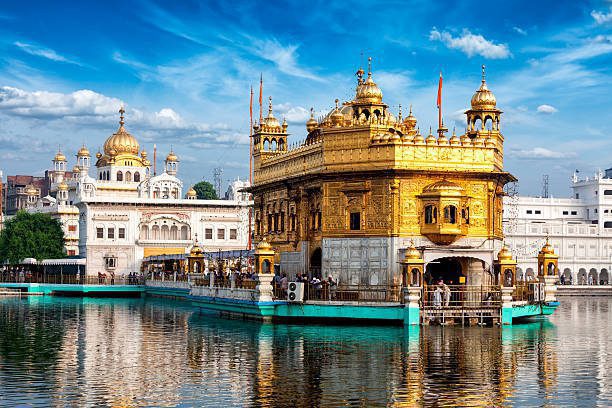

The Golden Temple, also called Harmandir Sahib, is the most important place in Sikhism and a must-see cultural site in India. Its golden outside, peaceful surroundings, and the holy Amrit Sarovar (pool of nectar) make it a place of both spiritual and cultural value. The temple is also known for its Langar, a free community kitchen that feeds thousands of people every day.
11. Sanchi Stupa, Madhya Pradesh
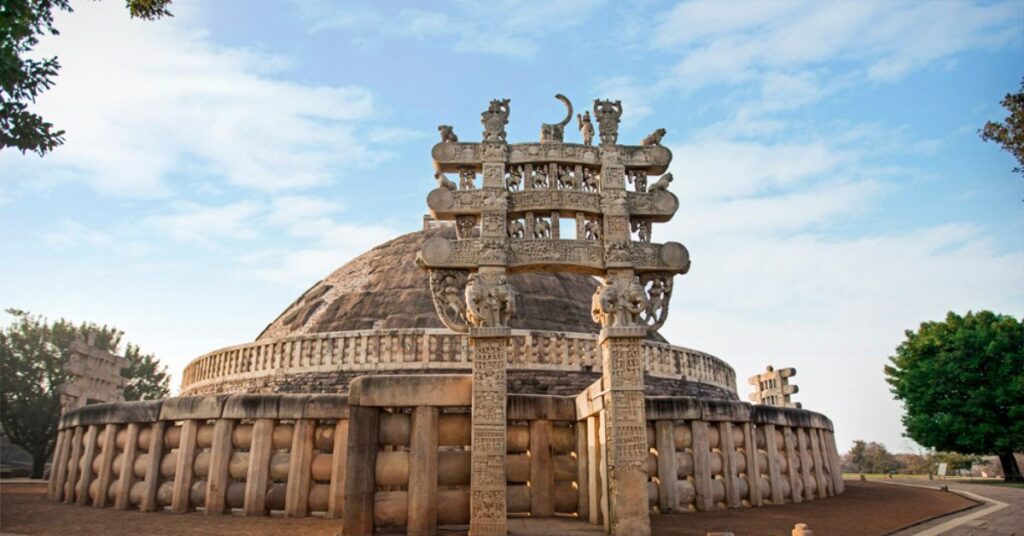

The Sanchi Stupa is a UNESCO World Heritage Site and one of the oldest stone structures in India. It’s an important Buddhist monument. Emperor Ashoka built it in the 3rd century BCE. It has relics of the Buddha and is a symbol of India’s ancient Buddhist heritage. The stupa’s gateways have beautiful carvings that show scenes from Buddha’s life and teachings.
12. Rani Ki Vav, Gujarat


The Rani Ki Vav (Queen’s Stepwell) is an amazing example of underground architecture. This UNESCO World Heritage Site, built in the 11th century, shows the great skills of the Solanki dynasty. Its beautiful carvings and many steps make it a special cultural site, reflecting the beauty of Gujarat’s architectural heritage.
13. Mahabalipuram, Tamil Nadu
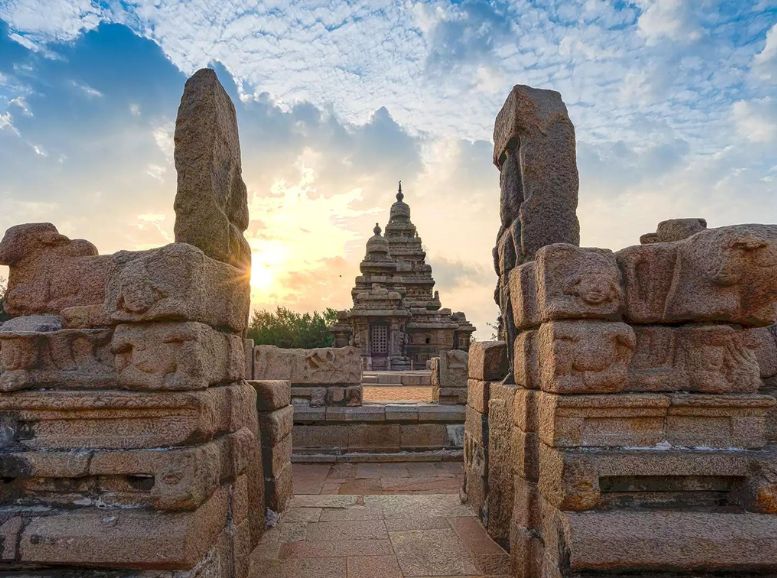

Mahabalipuram is a UNESCO World Heritage Site known for its amazing rock-cut temples and monuments. It dates back to the 7th century. The Shore Temple, Pancha Rathas, and many cave temples are great examples of Pallava dynasty architecture. The beautiful beach setting and artistic importance make Mahabalipuram one of the most scenic cultural sites in India.
14. Jaisalmer Fort, Rajasthan
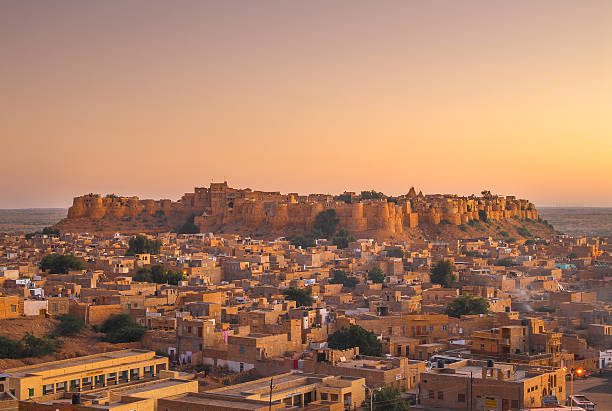

Jaisalmer Fort, also known as the Golden Fort, stands tall in the Thar Desert. Built in 1156 AD, this fort still has thousands of people living inside it, making it one of the few “living forts” in the world. The fort’s big sandstone walls and beautiful palaces are a perfect picture of Rajasthan’s royal history and culture.
15. Victoria Memorial, Kolkata
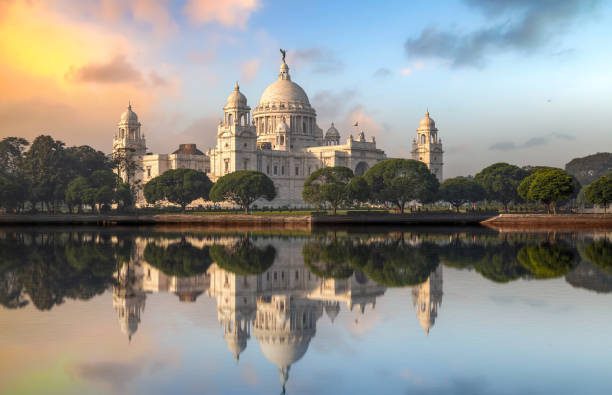

The Victoria Memorial in Kolkata is a beautiful example of colonial architecture. Built to remember Queen Victoria, this marble monument combines British and Mughal styles. Today, it’s a museum that shows the history of British India and is one of the most important cultural sites from the colonial era in India.
Conclusion, Cultural Sites in India
From ancient temples like the Khajuraho Group of Monuments to majestic forts like Jaisalmer, India’s cultural sites weave a tapestry of the country’s diverse and vibrant history. Each landmark is a treasure trove of art, architecture, and cultural significance, offering a glimpse into India’s soul. Whether you’re a history buff, a spiritual seeker, or simply an admirer of beauty, these 15 unmissable sites shouldn’t be missed on your Indian adventure. Explore the intricate carvings of the Ajanta and Ellora Caves, marvel at the Mughal marvel of the Red Fort, or find serenity at the Golden Temple. Every visit enriches your journey and fosters a deeper understanding of India’s past, people, and traditions. Don’t miss out on these gems that truly capture the essence of India. Plan your exploration with Xplro.com, your ultimate India travel encyclopedia!
FAQs
1. What are the most popular cultural sites in India?
- Some of the most popular cultural sites in India include the Taj Mahal, Ajanta and Ellora Caves, Hampi, the Red Fort, and the Golden Temple. These locations are renowned for their historical, architectural, and cultural significance.
2. How many UNESCO World Heritage Sites are there in India?
- India is home to 40 UNESCO World Heritage Sites as of 2024. This includes several cultural sites in India such as the Khajuraho Temples, Qutub Minar, Fatehpur Sikri, and cultural landscapes like the Mountain Railways of India.
3. Which cultural site in India represents love?
- The Taj Mahal in Agra is an iconic cultural site in India known as a symbol of love. Emperor Shah Jahan built this marble mausoleum in memory of his beloved wife, Mumtaz Mahal.
4. When is the best time to visit cultural sites in India?
- The ideal time to visit most cultural sites in India is from October to March, when the weather is cooler and more comfortable for outdoor exploration. However, some locations in the mountains or deserts might be best visited during summer months.
5. Do cultural sites in India charge entry fees?
- Yes, many cultural sites in India have entry fees. For instance, popular destinations like the Taj Mahal and Hampi have different pricing for Indian and foreign tourists. Some sites also offer concessions for children, students, or senior citizens.
6. What’s the easiest way to reach cultural sites in India?
- Most cultural sites in India are well connected by road, rail, and air. Major cities like Delhi, Agra, and Mumbai have airports and railway stations close to key cultural landmarks. Local transport such as taxis, buses, and auto-rickshaws are available to help visitors explore these places easily.
7. What should I wear when visiting cultural sites in India?
- It’s recommended to wear modest and comfortable clothing when visiting cultural sites in India, especially religious monuments like temples and mosques. Some locations may require you to cover your head or remove shoes before entering sacred areas.
8. Can I take photos at cultural sites in India?
- Most cultural sites in India allow photography, though some may charge extra for using cameras. However, restrictions may apply inside certain temples, monasteries, or historical buildings, so be sure to check the rules at each site.
9. What are some hidden gems among cultural sites in India?
- Beyond famous destinations, some lesser-known cultural sites in India include Rani Ki Vav in Gujarat, the Great Living Chola Temples in Tamil Nadu, and the Bhimbetka Rock Shelters in Madhya Pradesh. These locations offer a more serene and unique experience of India’s cultural heritage.
10. Are guided tours available at cultural sites in India?
- Yes, guided tours are available at most major cultural sites in India. Visitors can either hire a guide at the location or book a tour in advance through various travel agencies. Many World Heritage Sites also offer audio guides and multilingual tour services.
11. What role do temples play among cultural sites in India?
- Temples are integral to cultural sites in India and represent the country’s religious and architectural history. Indian temples often serve as hubs for festivals, rituals, and cultural activities, showcasing distinct architectural styles such as Dravidian and Nagara designs.
12. Why should one visit cultural sites in India?
- Exploring cultural sites in India allows travelers to dive into the country’s diverse history, traditions, and art forms. These locations provide a deeper understanding of India’s heritage and cultural evolution, making them a must-visit for anyone interested in the nation’s past.
